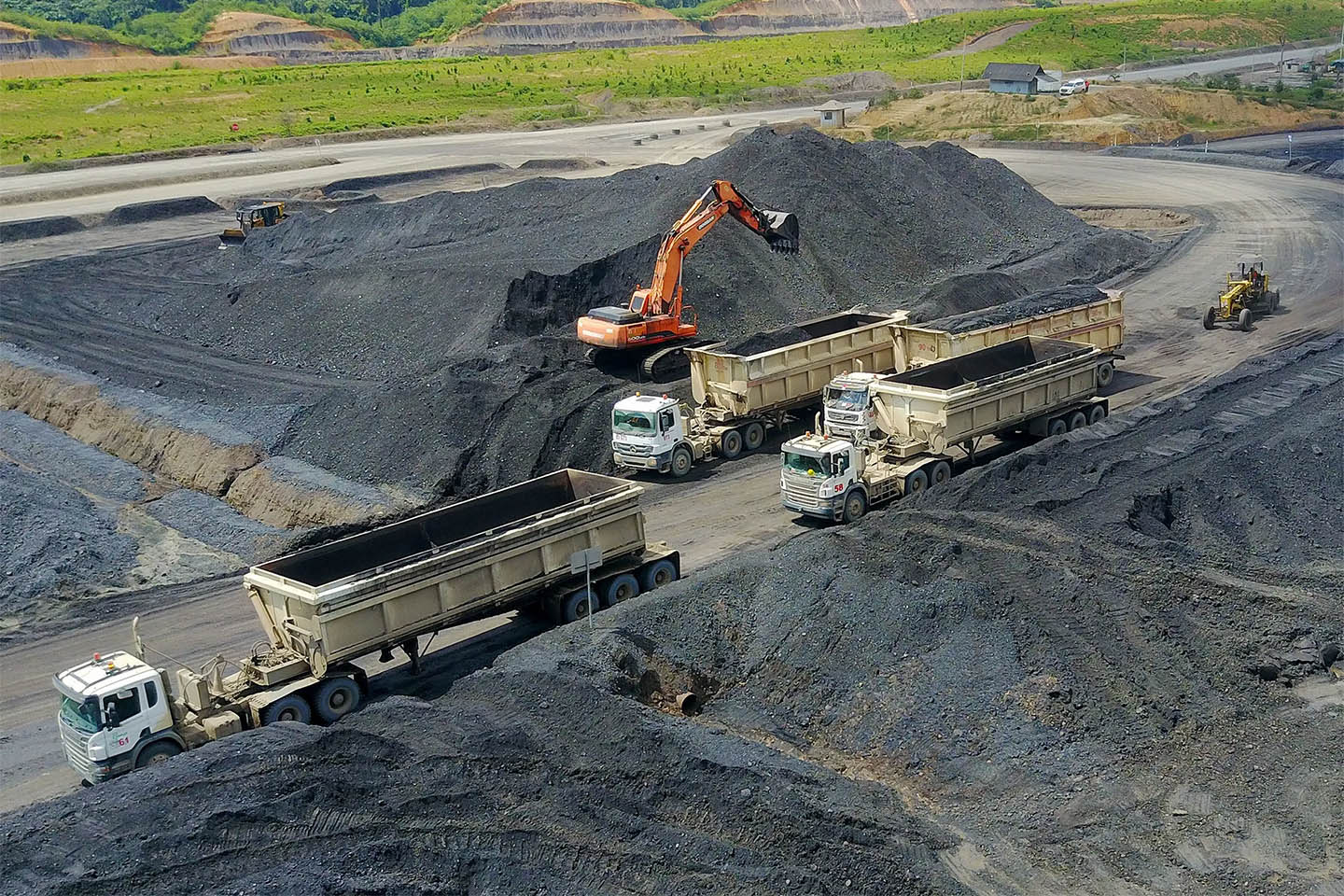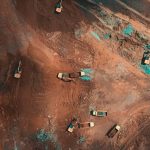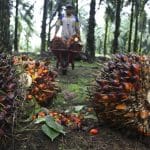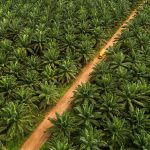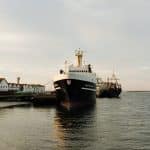Liga Asuransi – Dear readers, how are you? I hope that your business is running well.
Let’s continue our discussion about risk management and insurance. This time we will be discussing legal responsibility risks in the mining sector.
As an insurance broker focusing on mining, we often get legal liability insurance requests from several companies.
Among them, some say they need a public liability insurance guarantee to meet the terms of the contract.
They do not see that public insurance coverage is much more important than that because if contractors or owners make mistakes and omissions in mining areas that can cause substantial environmental damage, injury, disability, and even death to third parties, they will face enormous demands.
In this article, we will discuss this in full. If you are interested in this article, please share it with your colleagues so that they also understand like you.
Public liability insurance is essential to cover mining owners or contractors. In an industry like mining, the risk of an accident isn’t only high, but the amount of possible damage is enormous.
The cost of this damage (potentially including loss of continued income for the mine) can be staggering.
Indonesia is rich in mining potential ranging from coal, nickel, bauxite, gold, iron ore, and others. It has many mining areas that need to be protected by a public liability insurance policy.
Understanding Public Liability Insurance
Public liability is insurance for businesses of all sizes across various industries, including mining. It covers if a client of the public claims they have been injured or their property damaged because of your business activities.
This type of insurance is designed to protect business owners against claims that result in legal proceedings. If a claim becomes a legal matter, a policy will cover the cost of these expenses, including any compensation you must pay.
Public liability claims can arise from several circumstances, but negligence is the main trigger. A customer might trip on an uneven surface at your premises, or a member of the public could injure themselves on a piece of your equipment.
It’s also important to note that some authorities, project owners, or organizations might require you to have a certain level of public liability insurance.
Therefore, a policy doesn’t only protect you from previous mistakes – it can also help you secure new business opportunities.
How does public liability insurance work?
Whatever line of mining work you’re in always comes with risks. If your business involves interacting with members of the public, there’s a chance that something could go wrong.
If someone thinks your business activities have harmed them, there’s a chance they’ll sue for compensation – and if you’re found legally liable, you could be ordered to pay some serious sums.
That’s where public liability insurance comes in. With insurance, your provider will pay out for any extra expenses, keeping your bottom line secure.
If you don’t have public liability insurance, what will happen?
You’ll have to pay all those costs if you don’t have insurance. Solicitors can be expensive, and compensation payments can run into the millions – and without insurance, all that will have to come out of company funds directly out of your pocket.
Without insurance, these claims can quickly become bankrupt: everything you’ve worked for could vanish overnight.
But if you’re insured, you’ll only have to pay a slight excess of a few hundred dollars towards any claim. Your insurer will handle the rest, protecting your business for years.
What are the liabilities of owning mines and minerals?
The ownership of mines and minerals is usually considered an asset, but in some instances, it can also be a potential liability.
Mining areas have mineral and coal potential and are not bound by government administrative restrictions that are part of the national spatial plan.
The term ‘mine’ has a specific legal meaning, best described as “the whole containing chamber which has the minerals in it.” In many cases, the ownership of the chamber will continue even following the removal of all of the minerals. The right of this chamber can result in liabilities to third parties.
Below is a summary of some potential issues in mining liabilities – although each case would need to be considered on its own merits.
Statutory Nuisance
Any premises in such a state as to be prejudicial to health or a nuisance are considered statutory nuisance.
Some Local Authorities have considered that subsidence caused by collapses into mines meets that definition (where the public had access to the collapsed land).
In Indonesia, it refers to the Law of the Republic of Indonesia, number 3, 2O2O, concerning mineral and coal mining.
Private Nuisance
A private nuisance involves interference with a third party’s use and enjoyment of their land.
One such interference could be the letting down of the surface owned by a third party. Sometimes a mineral owner has the right to let down the surface; if they do not, that may be a private nuisance.
What has happened to the land since the separation of the mineral ownership may also be relevant – an owner of land enjoys a right of support of their land in its natural state from the adjacent and subjacent land.
Still, the ground is not in its natural state if it has structures built upon it. The right of support for buildings would have to be carefully considered.
Negligence and Trespass
The essence of negligence is the law’s condemnation of foreseeably harmful acts.
Unlike nuisance, negligence does not turn upon considerations of reasonable use but on the existence of a duty of care and breach of that duty causing reasonably foreseeable damage. A claimant in negligence may not need to prove an interest in the land.
A trespass is a wrongful interference with one’s possessory rights in the property, for example, through contamination from the mine.
Public nuisance
A public nuisance claim could arise. A public nuisance is a criminal offense classed as follows:
“A person is guilty of a public nuisance … who a) does an act not warranted by law, or b) omits to discharge a legal duty, if the effect of the act or omission is to endanger the life, health, property, morals, or comfort of the public, or to obstruct the public in the exercise or enjoyment of rights common to all Her Majesty’s subjects.”
Occupiers’ Liability
Seeks to regulate the liability of occupiers of premises. The duty of care is imposed upon persons with some physical control over the premises.
Visitors rather than trespassers require occupiers to take such care as, in all the circumstances of the case, is reasonable to see that the visitor will be reasonably safe in using the premises for the purposes for which he is invited or permitted by the occupier to be there. However, no duty of care would arise where the danger would be entirely obvious to a reasonable visitor.
An occupier can exclude their duty of care to visitors by contract or notice.
Occupiers’ Liability
The act seeks to regulate the liability owed by occupiers to trespassers. The term ‘trespasser’ encapsulates “…the burglar, the arrogant invader of another’s land, the walker blithely unaware that he is stepping where he has no right to walk, or the wandering child”.
An occupier must take such care as is reasonable in all the case circumstances to ensure that the trespasser does not suffer an injury while on the premises in question.
Environmental Protection
This part relates to contaminated land. The contaminated land regime is the statutory regime for the remediation of contaminated land that causes an unacceptable level of risk.
“Contaminated land” is defined as any land which appears to the local authority in whose area it is situated to be in such a condition because of substances in, on, or under the land that:
(a) significant harm is being caused, or there is a substantial possibility of such injury being forced; or
(b) significant pollution of controlled waters is being driven, or there is a considerable possibility of such pollution being generated.
The regime does not make it a criminal offense to contaminate the land. The government’s overall objective is to ensure that contamination is cleaned up.
Compliance with Public Liability Insurance
In certain countries like Australia, mining area holders must maintain public liability insurance to indemnify the holder against any action or damage arising from exploration or mining operations.
The holders must provide the Department for Energy and Mining (DEM) with a certificate evidencing that current public liability insurance is maintained following Regulation 81 of the Mining Regulations 2020.
The certificate must be provided to DEM following the regulation before operations commence on the tenement and annually after that.
Public liability insurance certificates will be recorded on the Mining Register.
How to get Public Liability Insurance for mining in Indonesia?
The risk of legal responsibility for the mining business can be substantial. Therefore, only a few insurance companies in Indonesia can provide this type of insurance.
In addition, the risk of legal liability has unique characteristics: it is a combination of lawful or legal issues, guarantees, and compensation.
For this reason, getting assistance from insurance experts experienced in the liability insurance field is necessary.
An insurance broker is an insurance expert who is on your side. They help you design an insurance program that suits your business conditions.
An insurance broker will place your risks into several insurance companies locally and abroad while negotiating the most competitive premium rates.
The critical task of the insurance broker is to help you resolve the claim of an accident from the date of the occurrence until the payment of the claim.
One of the leading insurance broker companies and extensive experience in the field of liability insurance in Indonesia is L&G Insurance Broker.
For all your insurance needs, contact L&G today!
Source:
- https://www.energymining.sa.gov.au/industry/minerals-and-mining/mining/mining-compliance/public-liability-insurance
- https://www.phoenixins.com.au/news/what-types-of-insurance-are-required-in-the-mining-industry/#:~:text=Getting%20public%20liability%20insurance%20is,have%20this%20type%20of%20insurance.
- https://www.moneysupermarket.com/business-insurance/what-is-public-liability-insurance/
- https://www.stephens-scown.co.uk/specialist-sectors/mining-minerals-and-waste/owning-land-with-mines-and-minerals-potential-liabilities/
—
LOOKING FOR INSURANCE PRODUCTS? DON’T WASTE YOUR TIME AND CALL US RIGHT NOW
24 HOURS L&G HOTLINE: 0811-8507-773 (CALL – WHATSAPP – SMS)
website: lngrisk.co.id
E-mail: customer.support@lngrisk.co.id
—

